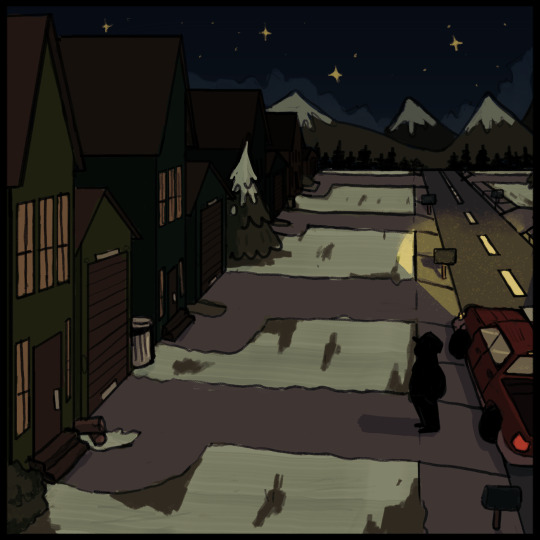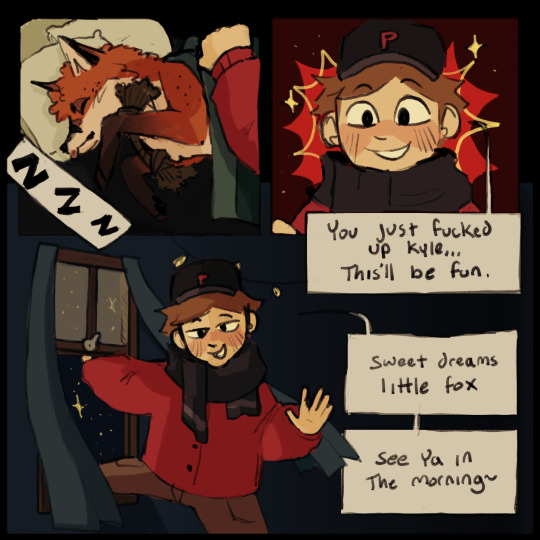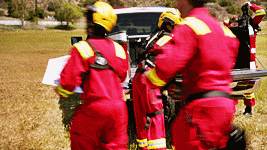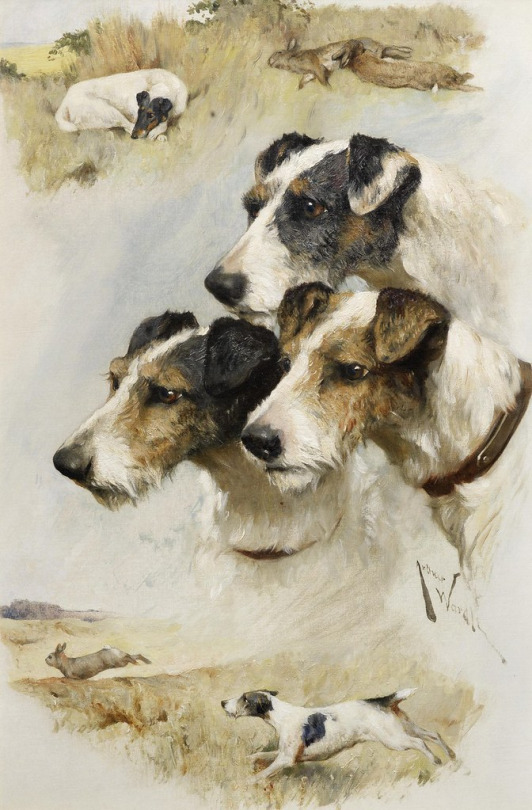#fox hunting with dogs
Text
DogHunt pt.3. (The Intruder)









//Previous || Next \\
(Writing Credit: @sophszzz)
#south park#sp#sp kyle broflovski#kyle brovlofski#kyle south park#sp kyle#kyle broflovski#sp cartman#eric cartman#sp eric#south park cartman#doghunt au#doghunt#south park dog hunt#HarpiesArt#fox
786 notes
·
View notes
Text
🦊

#jouno saigiku#fox#bsd jouno#bsd fanart#bungo stray dogs#fanart#bungou stray dogs#bsd#hunting dogs bsd
448 notes
·
View notes
Text

african wild dog 😎
#african hunting dog#african wild dog#dog#canines#canids#wolves#coyotes#foxes#canidae#carnivora#furry art#furry#furry oc#oc#original character#character art#biology#science#wildlife#animals#animal art#carnivore#my art#illustration#drawing#digital art
1K notes
·
View notes
Text



The Life of a Foxhound; written by John Mills and illustrated by James Affleck Shepherd. Circa 1890.
Internet Archive
235 notes
·
View notes
Text
Me when books and animal associations

#The fact that When neil qnd mary were being hunted mary ended up sacrificing herself and telling neil on her last breath to burn her body#and never stop running#and how mother foxes will usually hide their kits somewhere safe so the mother can run off to distract the hunters#and how the women of 300 foxway are LIONS#and lionesses will gather together in one vig group to make it easier to protect each other and their cubs#and no one knows what exactly blue is#cause she's UNKNOWABLE#and how the dream pack are dogs#and dogs are predators#while ravens are seen as their prey#the raven king#aftg#all for the game#the foxhole court#tfc#the kings men#neil josten#the raven cycle#the raven boys#trc#blue sargent#women of 300 foxway#ladies of 300 foxway#mary hatford#joseph kavinsky#the dream pack
55 notes
·
View notes
Photo

Commission!
353 notes
·
View notes
Text
Kui Mulang is so funny to me as a character because they really changed him up for JTTW according to what I’ve read. He fought in a war in FSYY then died and was brought back by Jiang Ziya as a deity.
Very funny to think about this guy
What is it with me and being attached to characters with wolf/fox aesthetics? First SWK (fox) then Erlang (wolf) then Su Daji (fox) and now Kui Mulang (wolf)? What is this
#before u say anything i say ‘fox’ for swk because he is a trickster god#and foxes are known to trick and deceive people#it is nothing else other than that. well. also the vibes ig#and erlang is a wolf because wolves -> hunting dogs through domestication#they took a hunter and made him a loyal dog- anyways#very funky#think pan#me: kui mulang plays an important role in my au#everyone: explain#me: ✨ no ✨
16 notes
·
View notes
Text




RICHARD THE RESCUE BEAGLE in 9-1-1
happy birthday @hawkeyefrommash !!
#911edit#911onfox#911 fox#i have no characters to tag bc he is underrated#911 treasure hunt#911 what's next#9-1-1#my gifs#dogs#anyway RAVEN I LOVE YOU I CANT WAIT TO SEE YOU IN CANADA
58 notes
·
View notes
Text
I should draw fursonas for everyone. I won’t but I should
#arthur: buck#john: wolf this one has been done many times and they are right#kayne: fox. a bit on the nose but I mean cmon#im could maybe see a hyena or wild dog as well cause of the cackling and splatters#however#I want to keep to the like. North American woods aesthetic#Collins: hound/hunting dog#I think Kellin could be a mountain lion
14 notes
·
View notes
Text
The U.S. Department of Agriculture’s Wildlife Services reported killing 375,045 native animals in 2023, according to recent data released by the program. The federal wildlife-killing program targets wolves, coyotes, cougars, birds and other wild animals, primarily to benefit the agriculture industry in states like Texas, Colorado and Idaho.
According to the report, the multimillion-dollar program last year intentionally killed 305 gray wolves, 68,562 coyotes, 430 black bears, 235 mountain lions, 469 bobcats, 2,122 red and gray foxes and 24,603 beavers. These figures almost certainly understate the actual number of animals killed, as program insiders have long lamented that Wildlife Services kills many more animals than it reports.
“I’m horrified by both the sheer number of animals killed by this federal agency and the immense suffering involved,” said Collette Adkins, carnivore conservation director at the Center for Biological Diversity. “It’s hard to even imagine the thousands of coyotes, beavers and other animals who die agonizing deaths from snares, traps or poisons.”
The reported number of native animals killed in 2023 was similar to the previous three years. These recent numbers reflect a steep decline compared to 2019, when approximately 1.3 million native animals were killed. The red-winged blackbird is an example of a species with fewer individuals intentionally killed by Wildlife Services, with 14,314 killed in 2023 compared to 364,734 in 2019.
According to the new data, the wildlife-killing program unintentionally killed more than 2,484 animals in 2023, including 658 river otters and 428 turtles, as well as several dogs and cats. Its killing of nontarget birds included a federally protected golden eagle, wood ducks, great blue herons and wild turkeys. Such data reveals the indiscriminate nature of leghold traps, snares, poisons and other methods used by federal agents.
Wildlife Services poisoned 6,543 animals using M-44 cyanide bombs in 2023. Of these deaths, 156 were unintentional. The Bureau of Land Management recently banned Wildlife Services from using these dangerous devices on the land it manages.
“Year after year, millions of dollars are wasted on killing wildlife instead of investing in long-term solutions that prevent conflicts,” said Adkins. “Taxpayer-funded wildlife slaughter lets livestock operators and the agriculture industry ignore problems that lead to conflict instead of fixing them. Wildlife Services should focus on implementing commonsense coexistence measures like cleaning up livestock carcasses that attract wolves and bears.”
#ecology#enviromentalism#let wolves live#wolves#coyote#cougars#black bears#mountain lion#bobcat#red fox#gray fox#beaver#wildlife#wildlife conservation#wildlife services#Fuck Wildlife Services#trapping#Poisoning#red winged blackbird#river otter#Turtles#dog#cat#industrial agriculture#agribusiness#cattle industry#ranching#Ranching lobby#hunting lobby#endangered species
6 notes
·
View notes
Text






cardboard eater
Dingo (Canis sp.) - Lamington National Park, QLD, June 2023
#reminder not to feed dingoes#this one is already a scrap eater unfortunately#they should be hunting foxes not boxes#australian wildlife#wildlife#wildlife photography#canids#canines#dog#dogs#dingo#dingoes#eating of cardboard#my stuff#no I'm not touching the dingo name debate
18 notes
·
View notes
Text

Memories of a Good Day's Sport. Arthur Wardle (1864-1949)
via
476 notes
·
View notes
Note
No such thing as carcass waste in the woods anyway as long as the animal wasn't poisoned/wrapped in plastic somehow. Even if a hunter only takes the rack or whatever part for trophy purposes (which I doubt happens much if ever anyway) and leaves the rest - something is still benefiting. Other animals, fungi, and even the earth itself once everything decomposes. People get way too caught up in human centric ideas of what is and isn't "wasteful." It all returns to the earth in some way or another anyway. It's important to be mindful of what you remove from the ecosystem, keep away from water sources, and not over harvest, but not using every scrap of a body isn't disrespectful. Something or another always will if you leave it unguarded.
Yes. Yes. This. It's not hard to understand and I don't know how people are so ignorant of this fact. They want nature unspoiled, ignoring the fact that nature unspoiled includes death and decomposition.
#not dogs#pro hunting#like guys do i think the fishers or foxes can take down a whitetail buck? no i do not#they will certainly come pick the carcass tho#as long as the coyotes leave something left#natural areas where there is little human interference is very clean#because things....get eaten.#also hunting takes so much effort and time i can't imagine anybody just taking a rack#but i've seen it happen to roadkill which like...fair
77 notes
·
View notes
Photo

Pearly whites
me when I lie
(based on a face Einstein made and also based on a passage from a fox and the hound childrens storybook)
5 notes
·
View notes